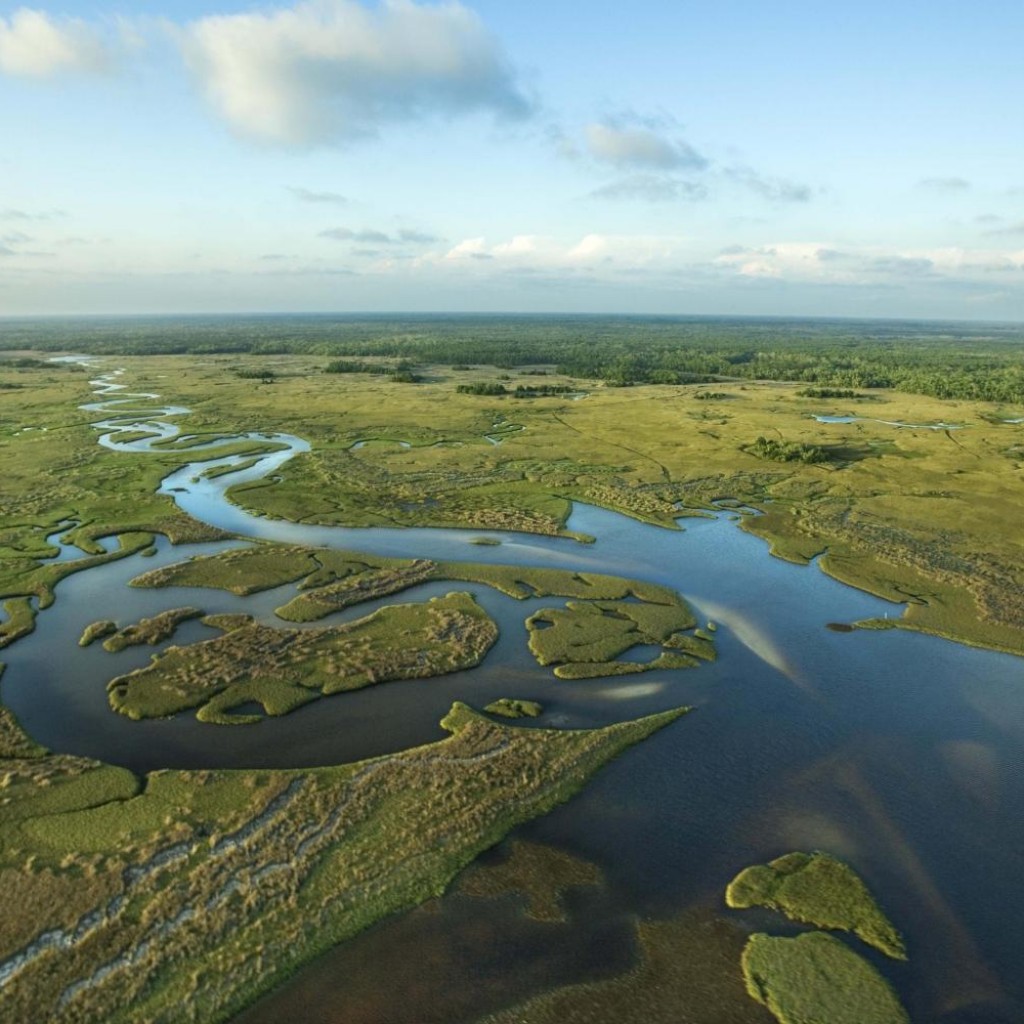
During the 2015 special session, a controversial topic involving Amendment 1 funding entangles a push to purchase land south of Lake Okeechobee in the Everglades Agricultural Area (EAA). Extreme elements of the environmental movement have made it sound as though the simple purchase of one property will “save the Everglades.”
If the Everglades ecosystem is to finish being restored, a much broader approach must be considered and implemented at a steady pace. Everglades waters, as far north as Orlando, are part of a system that is connected south, east and west, including three major watersheds: the Lake Okeechobee, Caloosahatchee and St. Lucie. These watersheds include 18 sub-basins covering more than 5 million acres.
Political ads try to tell us the easy ticket to saving the Everglades, and providing drinking water to South Florida (an enormous fallacy), is the purchase of 46,000 acres, an option the state no longer has. Not only is this simplistic, it is unrealistic and misleading. Only 26,000 acres of that land were in the EAA.
A much bigger picture needs to be considered to efficiently use Amendment 1 funding for a real and lasting resolution to Everglades restoration.
First, an urgent need exists to protect the Caloosahatchee and St. Lucie estuaries from the devastating effects of phosphorous-rich water within the respective local drainage basins, as well as from periodic Lake Okeechobee discharges. Water should be stored and treated within each basin to remove high levels of nutrients. Billions of taxpayer dollars are already funding multiple projects at various stages of completion to address these situations. Although important approved projects remain unfunded, it is clear these problems are not being ignored.
Thinking strategically, a targeted plan would be to relieve northern pressure on Lake Okeechobee. The water volume that can be stored to the north is limited, and water flows faster into the lake than can be drained. That’s because the entire Lake Okeechobee watershed – a 5,000 square mile basin – flows into the lake, a body of only 700 square miles. After prolonged heavy rains, when water levels threaten the Herbert Hoover Dike’s integrity, the Army Corps of Engineers has a public-safety mandate to release water out the east and west coasts.
An essential component to solving the Lake Okeechobee-discharge problem is storing and treating water before it gets to the lake. Studies, plans and funding aimed at this critical issue are important for the system’s long-range health. Immediate action is necessary.
Finally, an important element of restoration also involves conveying and treating water from Lake Okeechobee to the Everglades. The Corps of Engineers, after three studies, approved the Central Everglades Plan to do just that. An outcome of the study was recognition that there are limits to how much water the Everglades can take without causing irreparable damage.
Considering these points and the need for holistic restoration, if the acquisition of more land is needed, it should be based on criteria such as appropriate location, scientifically based suitability, best land-use principles, the impact on local economies and cost effectiveness. Concerning the land in the center of the environmentalist political rhetoric, the South Florida Water Management District considered the utilization of some of the dispersed acreage in question for a reservoir and determined it was not an effective investment.
Florida already owns EAA land, which could be utilized to store and treat water, saving taxpayer dollars from needlessly being spent. If land is to be purchased, the free-market principle of a willing buyer purchasing from a willing seller should be employed provided the land meets certain criteria. Demands from a few vocal advocates for government to exercise its power of eminent domain should only be considered as a last resort and should be backed by strong scientific reasoning and broad political support.
Amendment 1’s dedicated funding can restore Florida’s ecosystems. Projects should be evaluated and prioritized based on their value. Focus must be placed on solutions rather than faulty political rhetoric.
Dan Peterson is director of the Orlando-based Center for Property Rights at The James Madison Institute. Column courtesy of Context Florida.



